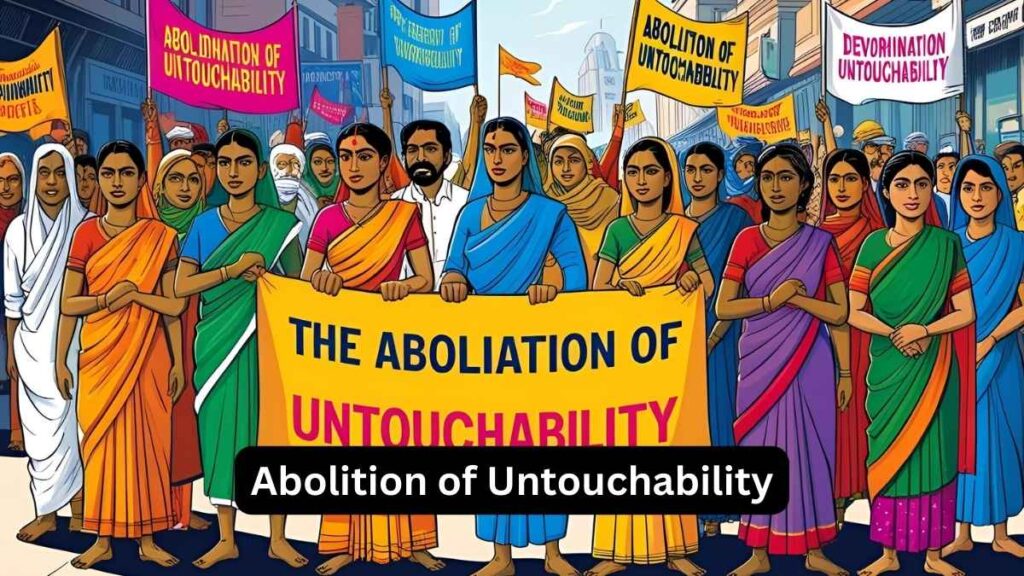Reimagining Social Security in India
India’s Social Security Shift: Towards Inclusive Protection for All Workers
Context: India is witnessing a pivotal shift in its approach to social security, particularly with rising momentum to extend protections to online (app-based) gig workers.
More on News
- A central government scheme, currently awaiting Cabinet approval, proposes a range of benefits that could mark a turning point in the way informal workers are treated.
- These include health insurance coverage under Ayushman Bharat, integration with the eShram portal to access existing welfare schemes, and a unique transaction-based pension system.
- This pension scheme assigns a universal account number to each worker, enabling contribution tracking across platforms — a tacit recognition that gig workers often have multiple sources of employment.
Challenges Within the Current Framework
- Not Ratified ILO Convention: India, despite being a founding member of the International Labour Organisation (ILO), has yet to ratify the Social Security (Minimum Standards) Convention, 1952 (No. 102), which outlines essential principles of social protection.
- Issues with Code on Social Security: Domestically, the government introduced the Code on Social Security — one of four new Labour Codes — nearly seven decades after the ILO Convention.
- While this Code is intended to provide a comprehensive foundation for social welfare, it has attracted criticism for vague definitions, diluted worker protections, and major hurdles in implementation.
- Reliance on Welfare Boards: A key element of the Code is the reliance on welfare boards to administer benefits.
- Lack of Fund Utilisation: A recent Right to Information (RTI) request revealed that State Welfare Boards for Building and Other Construction Workers have yet to utilise ₹70,744.16 crore of collected cess funds.
- Furthermore, a 2024 report from the Comptroller and Auditor General (CAG) found that 99 local bodies across 10 districts failed to remit ₹221.8 crore in dues to the Tamil Nadu Construction Workers Welfare Board.
- Even Kerala, widely regarded for its progressive stance on labour rights, has seen poor functioning across many of its welfare boards.
Constitutional and Legal Framework for Social Security in India
Directive Principles of State Policy (DPSP): Articles such as 38, 39, 41, 42, and 43 emphasise the state’s responsibility to promote social welfare, ensure adequate living conditions, and provide assistance in cases of unemployment, old age, sickness, and disablement.
Fundamental Rights: While social security is not explicitly mentioned as a Fundamental Right, judicial interpretations have linked it to Article 21 (Right to Life), emphasizing that a dignified life includes access to basic social security measures.
Federal Structure: Concurrent List entries such as “Social Security and Social Insurance” enable multi-layered governance of these measures.
Code on Social Security, 2020: This legislation consolidates and amends various existing laws related to social security to extend benefits to workers across organised and unorganised sectors. Key Social Security Laws Incorporated into the Code: The Employees’ Provident Funds Act (1952), The Employees’ State Insurance Act (1948), The Maternity Benefit Act (1961), The Payment of Gratuity Act (1972) and Unorganised Workers’ Social Security Act (2008), among others. Institutions like the Employees’ Provident Fund Organisation (EPFO) and Employees’ State Insurance Corporation (ESIC) oversee implementation.
Pitfalls of Piecemeal Policies
- Proponents of India’s fragmented, board-driven welfare system argue that it offers targeted relief to specific worker groups — such as beedi and cigarette workers in Karnataka, who are pushing for the revival of their defunct welfare fund.
- However, this piecemeal strategy risks ignoring the broader precarity of informal labour as a whole.
- Today’s policy focus may be on gig workers, but tomorrow’s labour force could look dramatically different due to technological and economic shifts.
- A segmented approach can also foster artificial distinctions among informal workers — for instance, between gig workers and domestic workers — which can result in arbitrary eligibility criteria for welfare schemes.
- Moreover, pinning hopes on gig work as the solution to informal labour formalisation is short-sighted.
- While gig platforms may create jobs, relying solely on them to solve structural employment issues is overly optimistic.
Laying the Groundwork for Universal Social Protection
- As India seeks to build a workforce that is “future ready,” it is essential to design resilient, inclusive, and scalable social protection systems that can adapt to changing sectors and worker demographics.
- The existing Social Security Code — despite its flaws and stalled implementation — is likely here to stay.
- It provides a national framework while allowing States the autonomy to develop their own initiatives within its boundaries.
- A pragmatic approach would be to treat the Code’s provisions as the baseline and build upwards from there.
- It provides a national framework while allowing States the autonomy to develop their own initiatives within its boundaries.
- This means focusing on universal, accessible systems that include all workers, regardless of job type, platform, or employer.
- Targeted support can still play a role, but must be anchored in a broader universal framework that leaves no worker excluded from the safety net.
- India now has an opportunity to transition from reactive, segmented policymaking to a forward-looking, inclusive social security regime — one that reflects the realities of a dynamic and diverse labour market.


